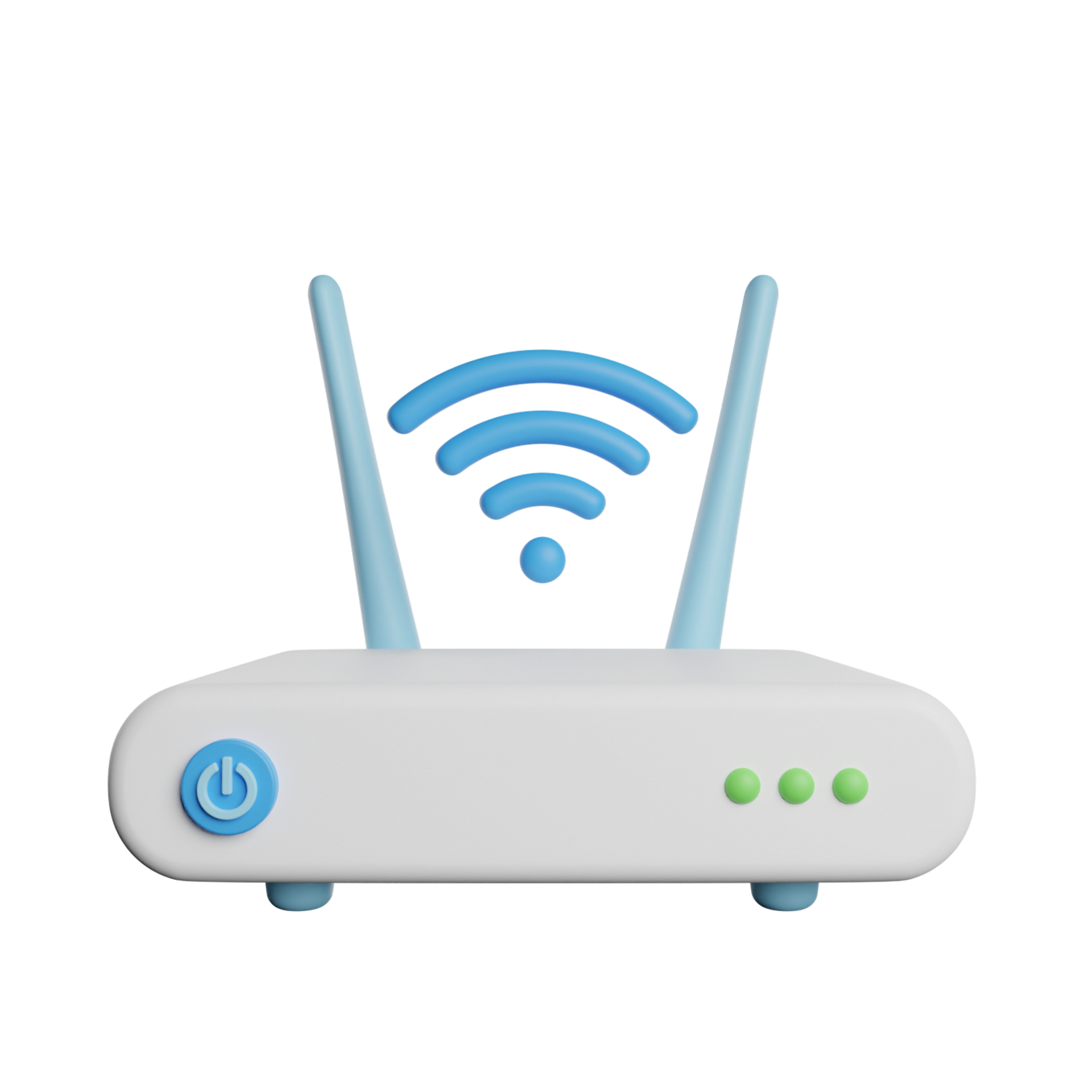Why should I go with a bundle that includes both broadband and phone service?
When choosing a phone and broadband package, there are a few things to keep in mind:
-
Do you make and receive national and international calls using a landline?
-
Is all you need to enjoy broadband and TV services is a working phone line?
-
Do you have a landline yet your ideal broadband package includes line rental?
A broadband and phone bundle could save you money if you’re still using a landline to make and receive calls, whether locally or abroad, even if you only use it once a week to talk to your grandparents.
If you simply have a landline to connect to broadband and watch digital TV, it can be more cost-effective to compare broadband and TV deals or broadband-only options if they’re available in your area.
What are broadband and phone plans?
While landlines are becoming less and less used for making calls, they are frequently required to access some of the most popular types of broadband. You’ll also want to make sure you have the greatest broadband and phone contract available, whether or not you plan to use your home phone.
Free minutes, discounted international call rates, inexpensive monthly line rental fees, and anytime calls are all common characteristics of the finest broadband and phone plans.
The benefits and drawbacks of internet and phone plans
If you use your landline frequently, a broadband and phone package can be a straightforward and convenient alternative. However, there are situations when it is simply an unnecessary expense.
Here’s a quick rundown of the advantages and disadvantages of phone and broadband plans.
Advantages of Broadband and Home Phone Packages
They’re straightforward to put together.
Because they use the same copper lines as your landline to get to your home, the most popular broadband services in the UK require a phone connection to work.
So, if you want to go with one of the internet options listed below, a broadband plus phone package would be quite simple to set up. Furthermore, they are frequently the same price as their broadband-only counterparts.
Broadband connections that require a phone line include the following:
-
Extremely quick fibre (average speeds between 30-70Mbps)
-
ADSL with copper (average speeds of 10Mbps)
These are the most common types of broadband connections in the UK right now, so including a landline in these offers will be simple.
It’s worth noting, though, that ADSL speeds are significantly slower than those required by many modern houses. For a modest price difference, or occasionally no price difference at all, superfast fibre will allow you to do a lot more with your internet.
Because superfast fiber and ADSL connections are by far the most frequently available, if they’re your only options, you may often get additional home phone services with no added admin or cost.
Bundling your bills can save you money.
The majority of broadband providers bundle several services into a single monthly fee.
If you have separate broadband and home phone providers, a package that includes both may be less expensive and easier to pay off.



